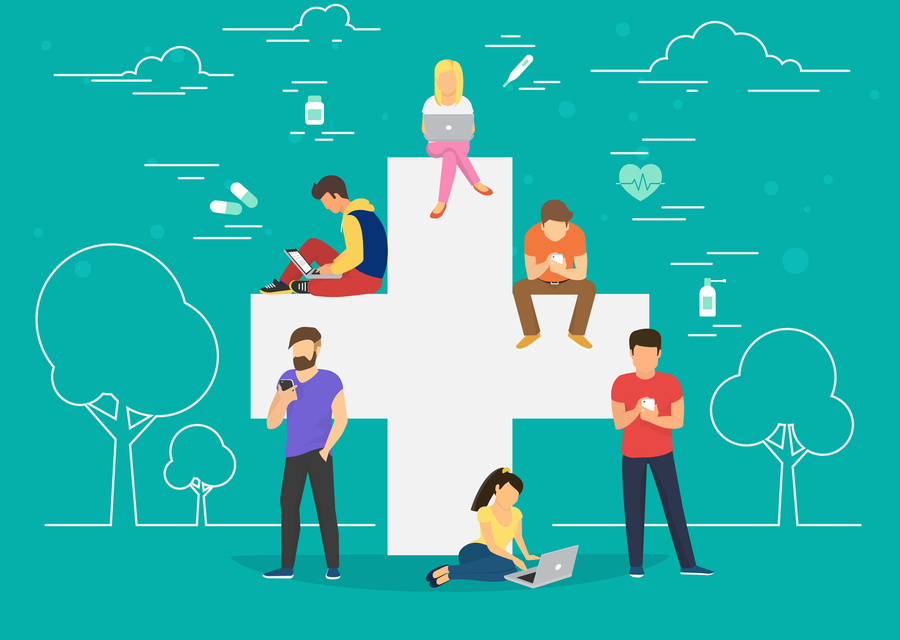Building a business case for social media ads
Gone are the days when social media was an afterthought used to supplement mainstream marketing efforts. Gone are the days when companies used TV commercials to tell consumers what they should buy. In 2019, consumer culture is one of research and discovery. That makes social media an integral top-of-funnel (TOFU) cog in your B2B marketing wheel. To understand how integral, let's take a quick look at how marketing has changed in the past 20 years.
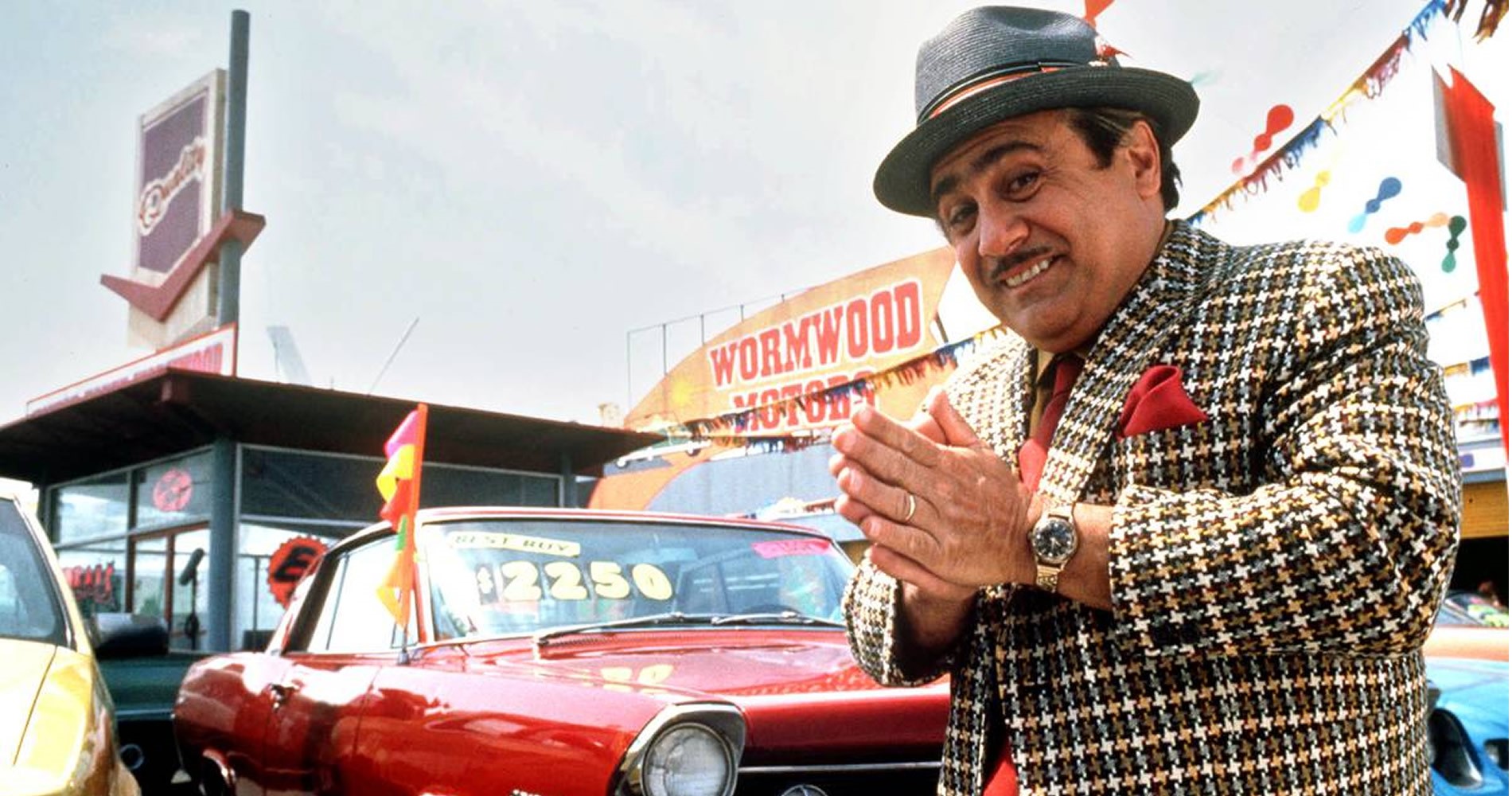
In the beginning, marketing was Rolexes and Rolodexes
Twenty years ago, mainstream marketing efforts were outbound, and snagging a customer was closely tied to sales finesse. Tradeshows, seminars, and cold calling were time-consuming, and the return on investment was pretty low. Outbound marketing worked like a confetti cannon: it shot out a lot of stuff at a mostly disinterested crowd. Outbound was a guy handing out logo-stamped pens on the street to random people who tossed that pen in the gutter because they didn't want, need, or know anything about that pen. Outbound's style was interruptive. That's why people blocked those interruptions with caller ID, spam filters, and satellite radio. Plus, outbound was costly. An airline ticket + hotel stay at a Minneapolis tradeshow costs more than crafting a valuable piece of content that you give away for free in return for an email address.
Today, marketing makes influential human connections.
Inbound lead generation is king in today's marketing world, and getting found is the name of the game. Creating relationships with qualified customers is the investment, and the return can be substantial.
How do you get found?
Your customers find out about you because of the content you create. But that content doesn't get found unless you promote it in a few places. You use SEO to point searchers to your website and take great care to create a fantastic user experience for that searcher. You add valuable content to your website and write blogs about what your customers are looking for. You point customers to your amazing content using customized email campaigns and social media ads. All of these efforts are to gain the coveted email address. Email addresses are inbound marketing gold. Your social media strategy is about getting customers from your social media network to your landing page where an email form sits on top of a lovely downloadable your consumers want.
How big is this social media thing?
There are 3.2 billion social media users today. Without a bulletproof social media strategy to build awareness and drive conversions, your amazing customers will click your social-savvy competitor's links and read your competition's stuff, and buy your competition's things.
When used strategically, social media is the ultimate way to practice inbound marketing. Because of its unique nature as both a public and one-on-one medium, social media has the potential to shape public conversations and perceptions, build brand awareness and loyalty, attract partners and customers, and create brand evangelists.
—Hubspot
How to make the most out of B2B paid social media ad marketing.
First off, don't let the term "business to business" (B2B) fool you. People run businesses. Your social media efforts don't connect one faceless company to another faceless company. When you use social media, those posts and ads are from one loyal brand representative to another. You use B2B social network interactions in a personal way. Got it? Yay.
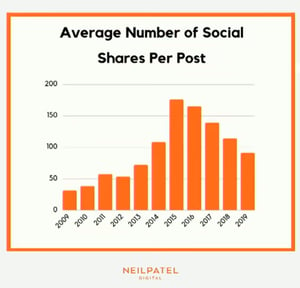
Second, to be clear, organic marketing is important! But paid ads are importanter. That's because organic pulls up the rear; it's your long-game. But the kickoff—the crucial thing you need to do first to get some eyes looking on your prize—is invest in paid ads. Paid ads buy attention. The more attention you get, the more your organic efforts grow. The more your organic efforts grow, the bigger the boost in Google. But you can't rely only on post-season organic results. You need to buy some key players in the preseason. Because the cold hard truth is that only about 6% of brands reach fans that convert without paid ads.
Plus, social sharing has declined year over year since 2015 and that trend isn't about to bounce back in a hurry. Paid ads win the cup. Got it? Hooray.
Jumpin’ in!
Paid ads exist in two different arenas: search and social. This post builds a business case for social ads because, despite their necessity, the world is still getting used to what they are and what they mean for business (revenue).
Social media wasn't even a thing until the early 2000s. Anyone older than 35 didn't grow up with it (or cell phones). LinkedIn was born in 2003, Facebook wasn't a thing until 2004, and Twitter flew in for a 2006 landing. That same year, Tesla created a battery-powered car. Made-for-home wind turbines hit the market, too, and we're still getting comfortable with both of those things. We haven't had a ton of time to get cozy with social media and its money-making potential.
Why the hesitation?
There are over 65 major social media networks today, including SnapChat and the insanely popular TikTok (a new social video app for youngsters). Considering each network uses different kinds of content, it's easier to say "Like, nuh-uh" than to tackle the social mediaverse head-on.
And we get that.
But that way of thinking doesn't make you any money. And there's a wad to be made with social media advertising. You must play the social media game, and the best way to play it is with paid social media ads.
Where do you invest when you’re B2B?
How do you choose what social media networks are right for you, what kind of content do you post, and how do you start without throwing your cash away?
Disclaimer: You'll never get used to social media. It always changes. Making money from it means accepting that resources will be required to stay on top of it all and adjust your strategy. Them's the facts. But take heart, those resources are a smart investment.
For 2020, savvy social media marketers have more opportunities than ever to sell to their audiences. Campaign budget determines how much you advertise. Campaign strategy determines where you advertise.
Let's talk strategy.
For B2B lead generation, LinkedIn Ads are given, Facebook Ads are a given, and Instagram Ads are on fire. But Twitter advertising is bullshit and doesn't deserve your attention or your ad dollars.
Don’t waste your ad dollars on Tweets.
Although Twitter Ads Campaigns shoulders some of your risk (its pay per performance model only charges you when you achieve your goals), and although twitter lets you get granular with your targets (right down to a specific hashtag), Twitter underperforms across all key metrics and has a small reach (active monthly users top out at 336 million… but 15% of those are fake bots, so actual reach is 286 million). With the influx of bots, the spread of misinformation, a downward trend on Twitter growth, hard-to-find statistics required for a reliable ad dollar analysis (average users, CTR, conversion rate), it’s challenging to march confidently into the Twitter marketing arena and plop down money. So we don’t.
Master one network before moving on to the next
Different social networks do different things and work in different ways. One network might be the best one for your brand but flop for another.
There’s only one way to find out which one creates the most engagement for your business: by trying them out. But you shouldn’t try all of them out. Spreading yourself too thin is an exercise in stress. Trying to cover a broad spectrum causes overwhelm. So! Let ThinkFuel break down your strategy in the right order, step-by-step.
- Figure out who your customer is.
- Craft your message to that customer
- Rank your networks in order of priority
- Purchase ads on the first social media network only.
- Move on to the second social network when the first network starts to pay off. Move on to another network when the first two are building some hefty revenue. Then, allocate ad dollars strategically across all those networks.
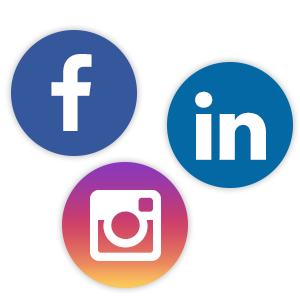 ThinkFuel’s top three player picks
ThinkFuel’s top three player picks
LinkedIn, Facebook, and Instagram. Those are your best social media advertising players. Start with LinkedIn Ads (the most valuable B2B social network of C-Level decision-makers), then move on to Facebook Ads (highest number of daily active users, especially baby boomers), then work with Instagram Ads (the photo-centric millennial social media force). Double down on whichever network creates the best leads and puts the most dollars in your piggy bank the fastest.
Since introducing shoppable posts in 2018, the potential ROI for product-based businesses is higher than ever – not only can B2B’s connect with a massive audience, they can link the product information and sales straight from the ‘gram.
If your target demographic is under 35, Instagram is a gold mine: 63% of users are between the ages of 18 to 34, with virtually even split between male and female users.
The starting game
Impressions
Lead generation starts with interest and ends with action (building a list or selling a product/service). The practical spending part of that progression revolves around impressions (how many times eyeballs look at your stuff). You figure out the number of impressions you want for your piece of content marketing and you hope your content is so amazing that it gets clicks. A click means you reached a member of your audience.
Reach is the successful side of impressions.
Reach is the number of people who engage with your content when they see it thanks to an impression. Reach is the golden metric. It's the part that must happen to get conversions (turning interest into purchase).
Engagement
The goal of all of your social ads is clicks. Clicks are the first step toward conversions. A click is an engagement. If members of a social network are more engaged, more click-happy, that's dollars.
Return on Investment
Leads, impressions, reach, and engagement—that's the starting game. The scale of your reach is important (more eyes, more prize). But what is even more important than reach is the return on your investment. If you reach an audience in a way that your expenditure is paid back and then some, that's a win (provided the effort you put into it didn't cut away from that profit).
The playing field
Using social media strategically isn’t only about chasing likes. It’s also about click-thru rates and conversions. That’s because there are two different ways to use social media marketing. How you use it depends on what part of the funnel you’re working on.
TOFU and BOFU, MOFO
If you are interested in top-of-funnel (TOFU) marketing, social media is a great tool for creating awareness of your awesomeness, floating what you're about over the social waves to become a well-known player in your space. This is where you do fun stuff, funny stuff—even adorable stuff—to get people smiling at what you're posting. The number of likes you get tells you how well your brand is becoming a household name—how familiar your company is becoming because of the number of shares and touchpoints. This is when you're teaching your customer base about a problem they might not fully know they even have yet (via blogs, vlogs, quizzes, and giveaways for example) and letting them know about your solution (and why your solution rocks). They start to get cozy with you and appreciate all the great things they're learning about their problem.
But if you are interested in bottom-of-funnel (BOFU) marketing, you want social media to create direct revenue. You're looking to promote content that converts. And that goes beyond the like button. A BOFU strategy is about using paid ads to boost your social media presence to qualified leads. Things get pretty powerful here. You analyze click-thru rates and how many visitors hop from a social media network to your website. You look at how many of those clicks end in the "big click," the action you were hoping for—a purchase.
Click-thru (CTR) and conversion rates
Facebook has a CTR of about 1%, give or take, depending on the industry. LinkedIn’s CTR is 3% (for sponsored ads). And Instagram’s CTR is quickly rising in 2019, hitting .55% with no slowing down in sight. What happens after users click on interesting ad content? A quick search reveals that Facebook’s conversion is around 9%, but B2B Facebook conversions reach an astounding 11%—Facebook is a great bet for B2B lead gen. LinkedIn’s conversion is 6% for sponsored content, and Instagram converts at around 3% with a higher percentage expected for 2020.
That is great to know. Apples to apples, LinkedIn gets the best CTR and Facebook is the best converter.
Player plus-minus
LinkedIn is your first B2B social media network to pick
LinkedIn has been around longer than Facebook and Instagram, and 80% of all B2B social media leads come from LinkedIn. It has 610 million daily active users, most of whom are business professionals. Its focus is B2B. Share your business insights, position yourself as an expert, reach out to C-Level decision makers directly, and fine-tune your ideal audience.
In LinkedIn, BOFU marketing works using InMail Ads (personalized emails) and Sponsored Content Ads (that show in the News Feed where your audience is most engaged). Sponsored content is not broad-match, large-audience. Sponsored ads are specific, and they are highly successful at engaging your C-Level B2B target. LinkedIn Sponsored ads are the most expensive social media ads out there ($2-$5 per click), but they enjoy a super high success rate. They are worth it if you can afford them. Plus, only 16% of all social media advertisers buy LinkedIn ads. That means the market is not saturated—it is ripe for the taking. So take it! You're saving money by not advertising on networks like Twitter. Spend that money on LinkedIn.
There are half a billion daily active LinkedIn users (LinkedIn, 2019). CEOs on LinkedIn have an average of 930 connections (LinkedIn, 2017). Those connections grow by two professionals every second, and those professionals have money and the power to decide to spend it. LinkedIn is the most effective B2B social media platform. Get familiar with it, and when you start hearing the ka-chings, venture out into the next ring of the social mediaverse: Facebook.
Facebook is your second B2B social media network
It has twice the user base (2 billion users) of the second most popular platform, Instagram. Half of those users are over the age of 35, and they're more engaged than on other networks, with 70% logging in daily.
Facebook video ads are popular and Facebook Carousel ads are a great way to reach a wider audience because it's like running multiple ads in one. Create 3-5 carousel cards and click the launch button (add sound effects to make spending money less painful). Carousels work great, and they're cheap (about .30 per click!). Check out Facebook's Audience Insights tool and drill down to your perfect customer, keeping your ad dollars tied to the best conversion bets. You can also find new customers who look a lot like your existing best customers using Facebook's Lookalike Audiences feature. Coolio.
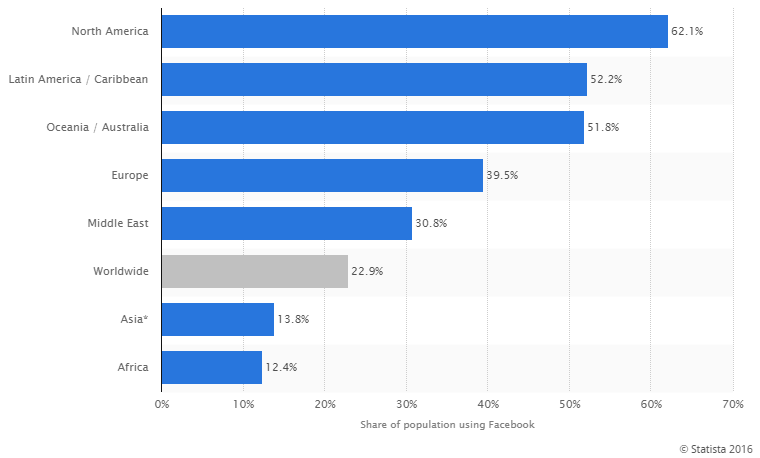
Over 60% of North America is on Facebook. 77% of America is on Facebook, and most of those users check their accounts once a day. How many active users does Facebook have? Over 2 billion as of Q2, 2019. That's some big ass reach. It's why 93% of all social media advertisers use facebook.
Instagram is catching up fast
Instagram is growing rapidly, with over 1 billion monthly active users and more than 500 million people using Instagram every day (Oberlo, 2019). Almost two-thirds of those users are between 18 and 29. Instagram Stories posted a 220% increase in year-on-year ad spend (Our Social Times, 2018), and the average Instagram user spends 53 minutes on the app per day. It is the network for the younger generation, with users posting photos at least once a day. It's also the most mobile-heavy network and the cost per ad click is only $.50 to $1. This network does great visual things for brands, and hashtags help spread the word.
The end game
Social media ads generate leads in 2019. Work on lead generation to get more customers. Buy social media ads on social media networks to make more sales. But before you make that sale, focus on getting known. Get known by opening a dialogue with your followers. Followers who engage with your brand are your leads. A lead is someone who shows interest in the thing you're trying to sell. Hopefully, that lead is interested enough to do the thing you want done—click your action button. You give them the goodies and they eat the goodies. That's how it works. When they eat the goodies, you makes the money.
Retargeting is the post-game party
Creating content is how you get in the game. Social media advertising is how you play the game. And retargeting is how you make money off of people who love to watch the game. In a nutshell, retargeting targets people who have already performed an action you wanted them to. They’ve already clicked on an ad. They’ve already converted. You want to keep those button-clickers close by upselling. Especially since retargeting is incredibly effective, resulting in 4X more conversions than with new customers.
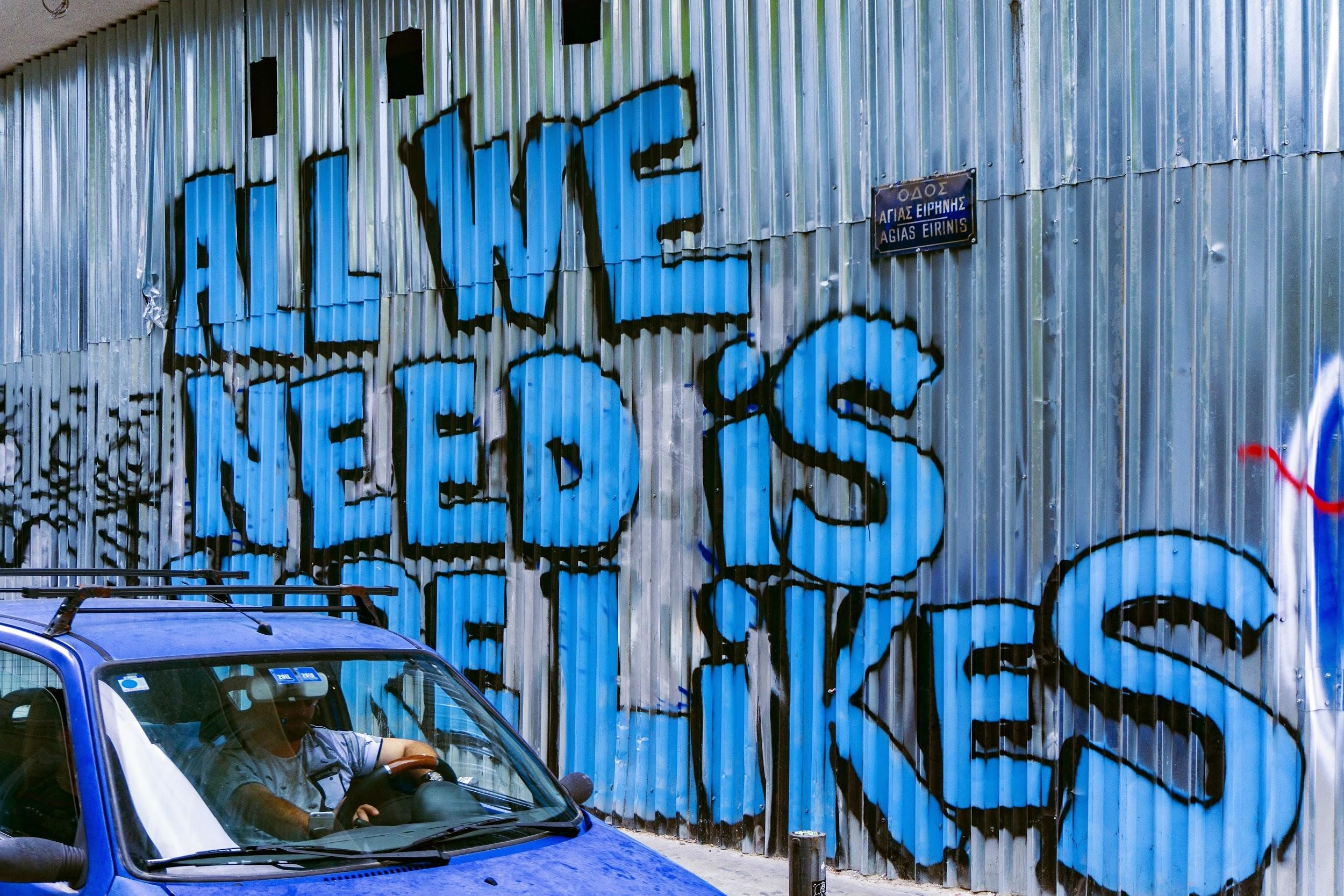
Get the best bang for your buck when you pay to play
Paid social media ads are one of the easiest and most affordable ways to generate valuable, relevant traffic to your site. 97% of marketers are using social media to reach their audiences. (Lyfe Marketing, 2018) Social media advertising across the world is projected to grow to about 48 billion USD by 2021—it's not a fad. With that many people liking and sharing and following, faces down glued to phones, you want to make sure the reason they wander into oncoming traffic is because of your engaging ad. Not using social media advertising means one of your competitors is going to be more relevant than you. Relevancy goes a long way—like, all the way to the bank.
If you're trying to build your brand, look at a Facebook campaign for the TOFU stuff. If you're trying to reach business execs, LinkedIn Ads is your BOFU guy. If you're targeting under 35-year-olds, Instagram has your name all over it. And if you're trying to waste your time and money, Twitter is a good place to set your ad dollars on fire.
Say yes to social media ads. They're a budget-friendly way to get in front of millions of hungry clickers who would not have known about your buttons otherwise. Engage with those customers on social media with creative ads that send engaged players to your landing page where your awesome content is waiting for their email address. And then cash in your winnings.
Share this
You May Also Like
These Related Stories

How B2B Companies Can Capitalize on Social Media Lead Generation

6 Digital Healthcare Marketing Trends
